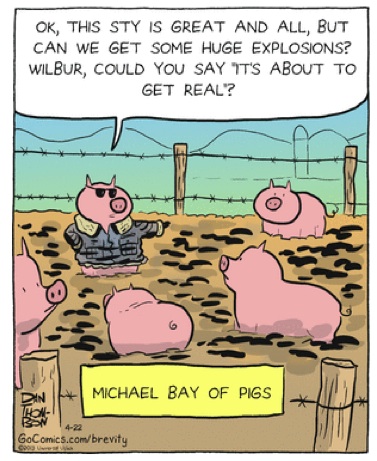What do pest-resistant corn, antibiotic resistance and pig farm explosions have in common?
Sometimes nature fights back against our attempts at environmental engineering, and we must change tactics accordingly. Humans spend huge amounts of money and time to improve crops or domestic animals, and increasingly, we are finding that evolution can creatively side-step our intended goals. For instance, pest-resistant crops have resulted in new breeds of insects that are immune to our poisons. Modern farmers must find ways to prevent not only damage to their current crops, but evolution in pest populations that will eat their future fields. This lesson will focus on how evolution can hamper our efforts, and have explosive consequences. Students will learn how evolution happens in pest populations and have an opportunity to think critically about a current problem in agriculture using claims, evidence, and reasoning.
At the conclusion of the lesson, students will be able to:
- Describe how variation can be maintained in a population
- Explain how evolution by natural selection primarily results from 4 factors: potential of a population to increase in number, heritable genetic variation, competition, differential survival/reproduction
- Use CER (claims, evidence, reasoning) to think about a scientific question
- Describe ways that humans have changed the environment
- How changes in the environment can cause changes in species composition
- Brainstorm and critique solutions to problems caused by changes in species composition
Length of Lesson
Can be completed in 60 minutes, but would be more comprehensive in 90 minutes
Grade Levels
9-12
Resources:
- Lesson Plan
- Lesson Powerpoint
- Bt Corn Resistance Game
- Claims, Evidence, and Reasoning Worksheet
- Pig Bang reading
Lesson plan by Amanda Charbonneau and Sarah Jones, 2014

